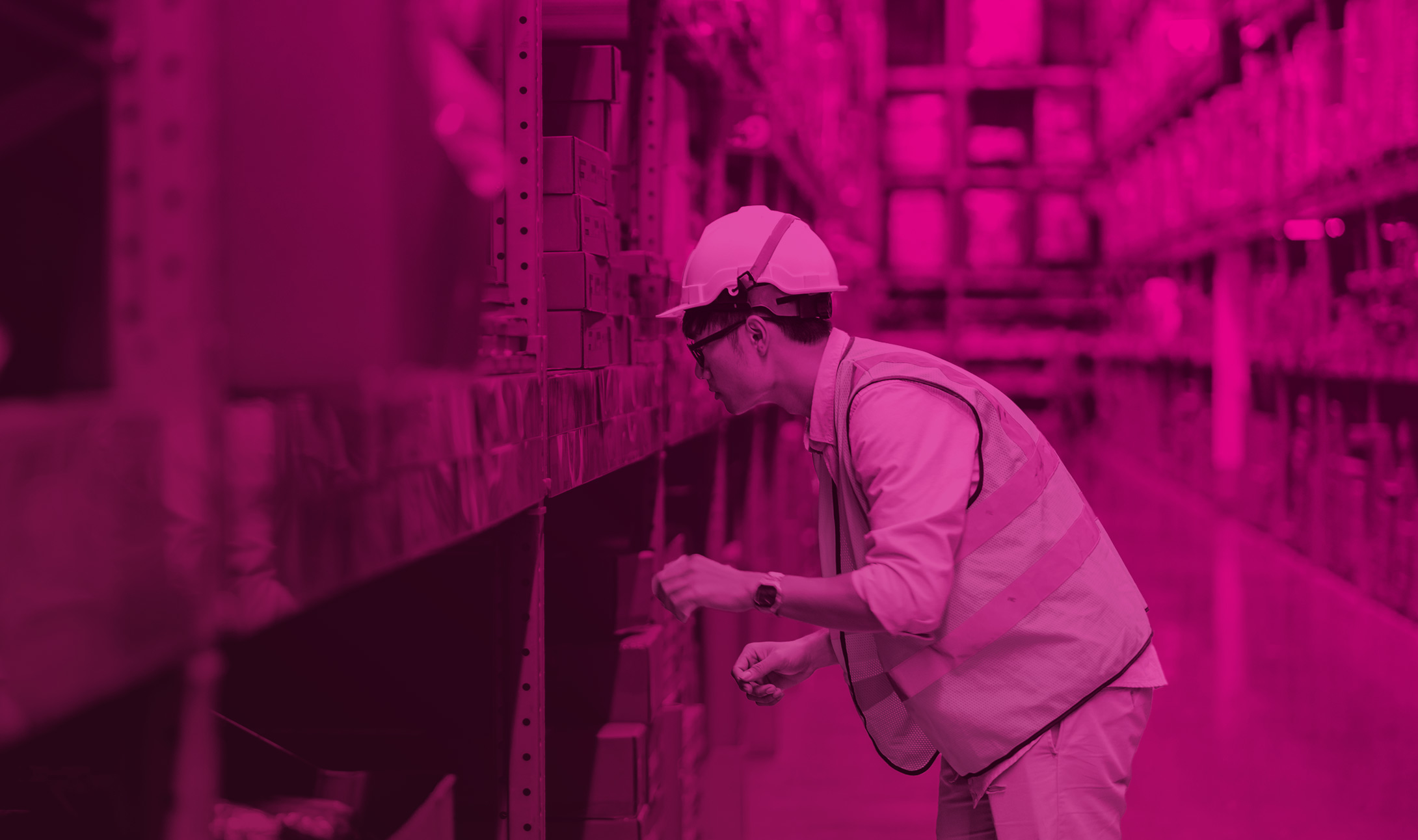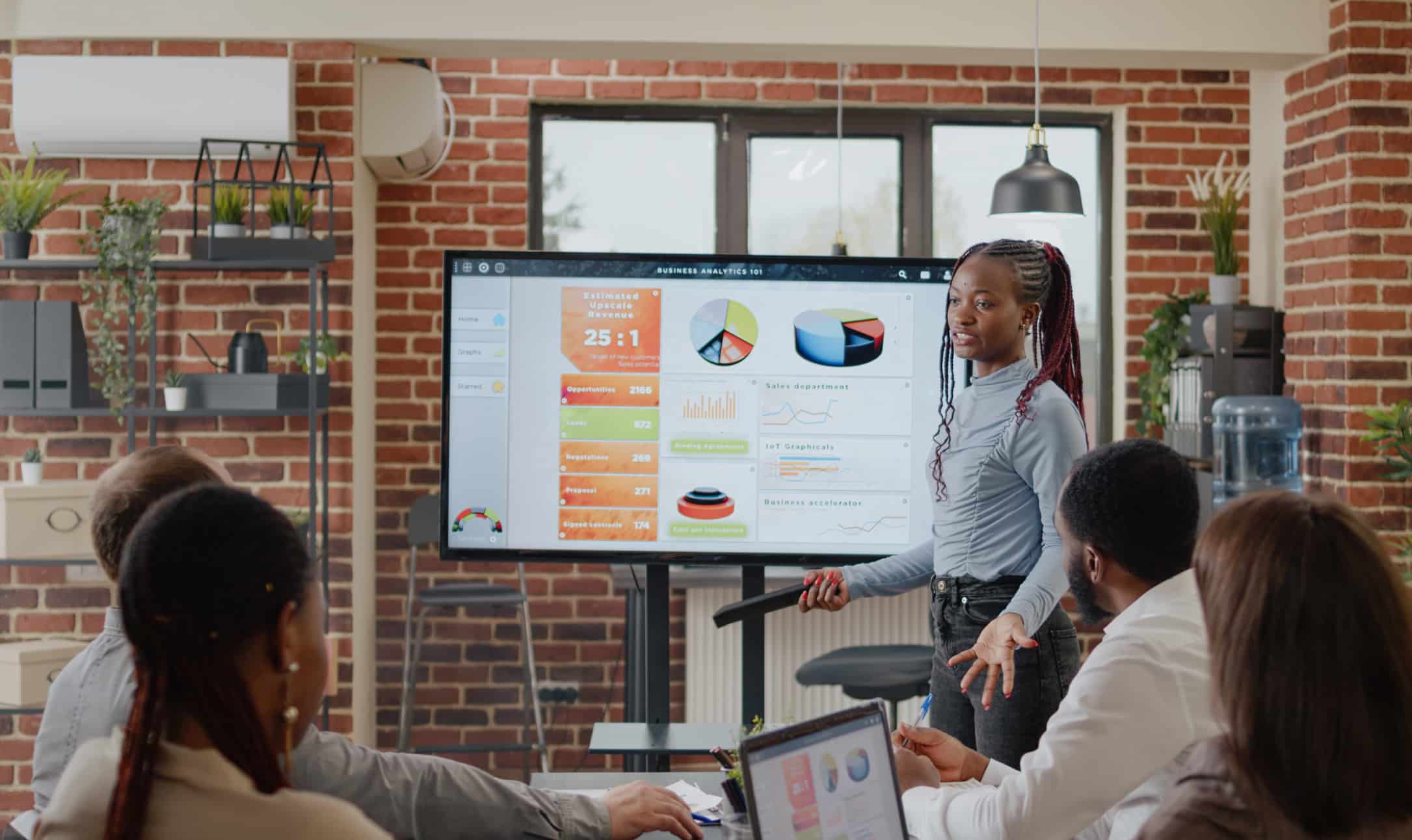Don’t forget to communicate with the new hire throughout the onboarding and integration process. Remember to introduce them to their future colleagues to get the whole team involved from the start! The introduction can start via email before the first day and detail the newcomer’s passions and personality.
To make sure you’re adopting the most relevant onboarding practices, ask the people involved! Your new hires and employees are in the best position to share ideas for improvement.
You can do this by asking questions (or providing a questionnaire) to your new employee during the probationary evaluation. It will help you determine what worked and what didn’t during the onboarding period.
You can even take it a step further with engagement surveys. They are the best way to measure employee satisfaction and implement relevant engagement strategies over the long term. In addition, by involving your employees throughout the process, you will build onboarding plans THEY love.














